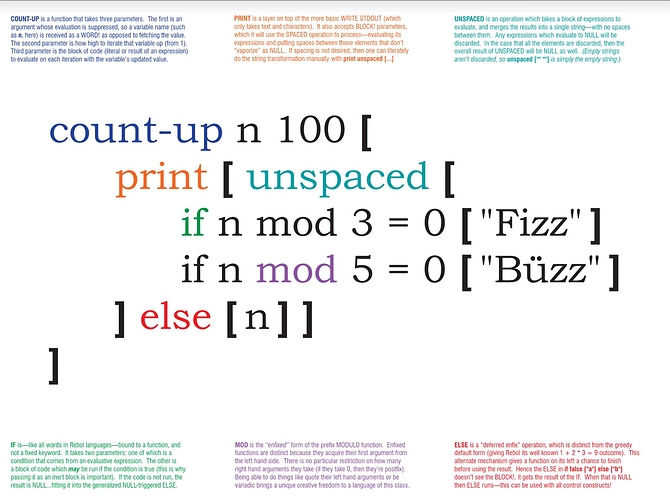At time of writing (circa September 2022, updating this old welcome from 2017) ...this site is largely a "design notebook" for the "Ren-C" branch of Rebol3.
For the uninitiated, it won't be easy to navigate! But to try and make the information here as digestible as possible instead of fade into irrelevance, it is edited frequently and mercilessly—like a Wiki. The goal is that someone coming later to a discussion can read it top to bottom and get a useful understanding without going through every dead end. So if your posts get reorganized and broken into multiple threads (or occasionally vanish), try not to be offended. Editing history is available by means of the little orange pencil icon in the corners:
Many outdated technical conversations are archived. The archives are public if you want to follow down some of the dead ends that inspired the current designs: just click and join the Archivist Group. It's your time, waste it if you want. ![]()
Don't Be Afraid To Say Hello!
If you tell us a little about yourself in the Introductions subforum, we may be able to give you some pointers in the right direction for things to look at.
If you're seeking a top-level vision of what we're trying to accomplish, then the 2019 Philadelphia conference videos are probably a good place to get some sense of that.
For the answer to the FAQ of how Ren-C relates to other Rebol Variants:
Discussions of other derivatives of Rebol are welcome here, in the "Redbol" subforum:
- Red language written in "Red/System" bootstrapped from Rebol2 (notes)
- Oldes's fork of R3-Alpha
- Atronix's fork of R3-Alpha
- Boron language written in C (notes)
- Arturo language written in Nim (notes)
- "Meta" language written in Rebol (notes)
- Red.js web runtime for Red written in Haxe
- Rye language written in Go (notes)
- Topaz experiment compiled to JS (last commit 2012)
- World language written in C (last commit 2016)
"Rebol's a more modern language, but with some very similar ideas to LISP, in that it's all built upon a representation of data which is then executable as programs. But it's a much richer thing syntactically."
"Rebol is a brilliant language, and it's a shame it's not more popular, because it deserves to be."
—Douglas Crockford, founder of JSON, 2009 [link]


